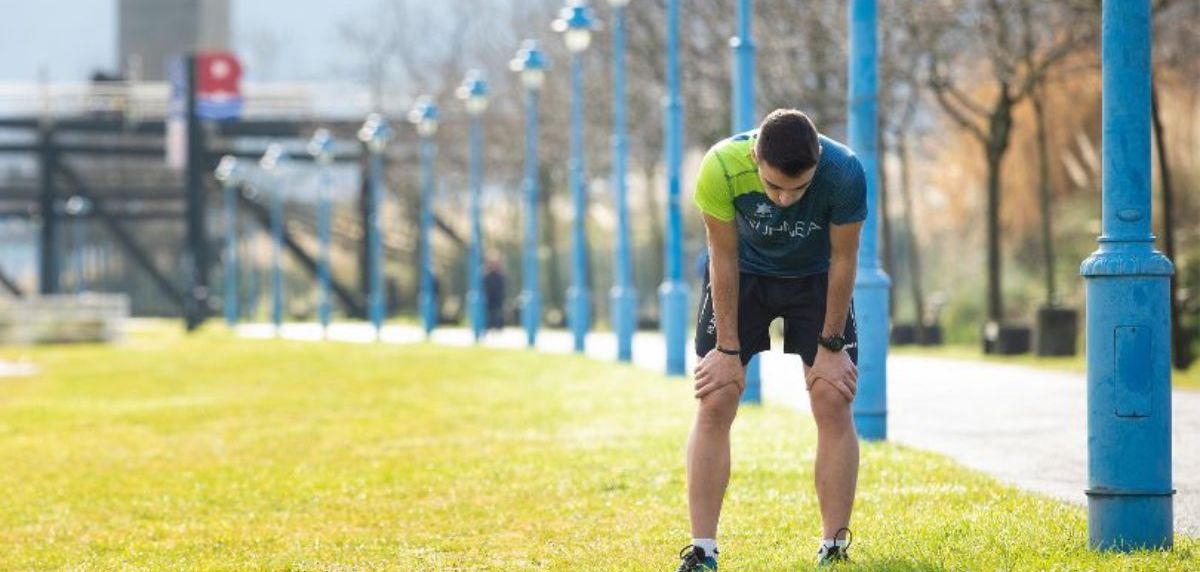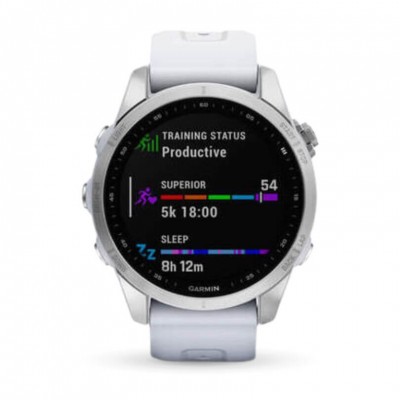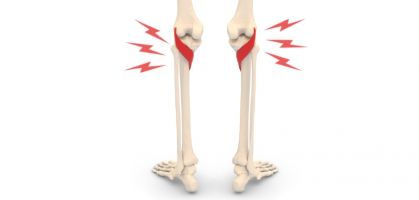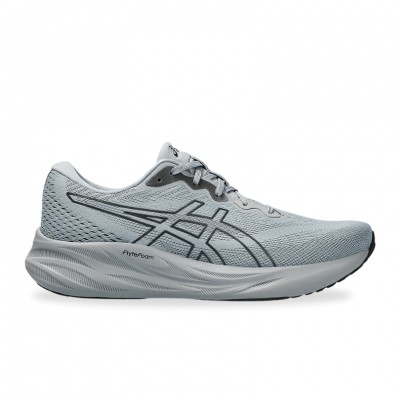The concept of running has transformed over the past decade into much more than a physical activity; for many of us, it is an essential component of our lifestyle. But this passion for running can have its bitter side when we ignore our body's warnings. That's when we can end up with an injury or a feeling of mental fatigue. At RUNNEA, we've set out to consult our team of professionals to help us recognize the key signs that alert us to the need for rest. We will analyze how a balanced training not only improves our performance, but is also crucial to prevent health problems in the medium and long term. If you are a popular runner, put your running shoes aside for a few minutes because this is an analysis you cannot overlook to take care of your well-being while pursuing your athletic goals.
Not sure which running shoe to choose?
In a few simple steps we help you to choose the ideal running shoe for you
Go to the Shoe Finder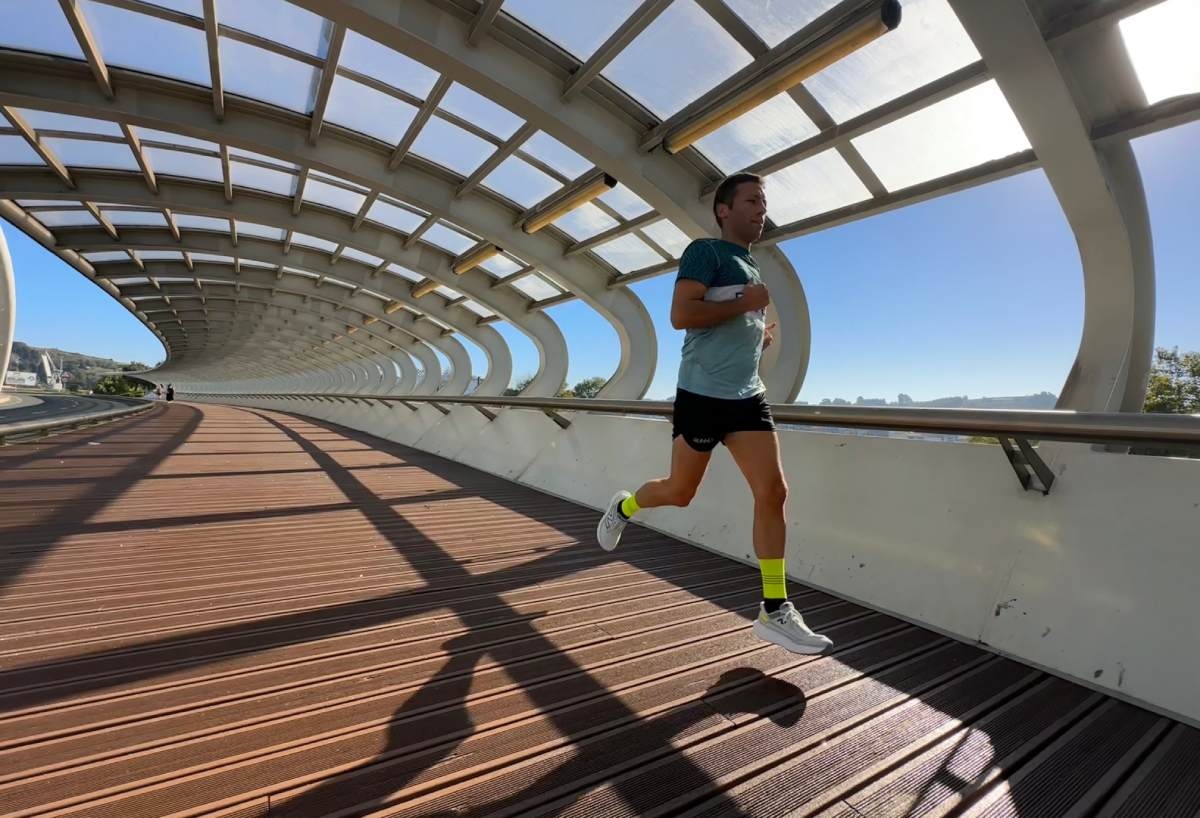
1. The phenomenon of overtraining: The impact on physical and mental health.
Overtraining is a state of physical and mental exhaustion that results from a lack of balance between intense training and adequate recovery time. This phenomenon can manifest itself in a variety of symptoms and affect both the physical and mental health of athletes.
a. Physical Impact:
The physical aspect of overtraining includes a number of symptoms and signs that indicate excessive stress on our body:
- Chronic muscle fatigue: Muscles do not have enough time to recover between training sessions, which can lead to a decrease in performance and increase the risk of injury.
- Cardiovascular disturbances: If we notice an increase in our resting heart rate, it may be a sign that the heart is under constant stress, which can have long-term effects on cardiovascular health.
- Immune dysfunction: In addition, the immune system may be compromised, increasing susceptibility to infection and disease.
- Hormonal imbalance: Chronic stress from training can alter levels of crucial hormones such as cortisol, testosterone and thyroid hormones, which can affect various aspects of health.
b. Mental impact:
Overtraining not only affects the body, but also the mind:
- Psychological exhaustion: constant physical stress can lead to a state of mental fatigue, decreasing motivation and desire to train.
- Mood alterations: Changes in neurotransmitter levels can lead to depressive states, anxiety and mood swings.
- Sleep problems: The quality and quantity of sleep can be affected, which in turn influences recovery and mental performance.

c. Recognition and prevention:
If we are able to identify a situation of overtraining and do it in time we can prevent long-term consequences. This requires:
- Monitoring for different types of symptoms: Be aware of physical and mental signs of fatigue and exhaustion.
- Regular medical evaluations: Perform regular check-ups, especially if you experience symptoms of overtraining.
- Balance training: Be sure to include rest and active recovery days in the training plan.
2. Recognizing the warning signs: When the body speaks.
Let's take a more in-depth look at these signals that are indicators that the body is reaching its limit and needs time to recover. Let's take a look at what kind of signals we are talking about:
a. Physical symptoms:
Physical symptoms are often the first indicators that something is not right:
- Persistent muscle pain: Soreness that extends beyond typical post-workout muscle soreness can be a sign of overexertion or injury.
- Excessive fatigue: A feeling of exhaustion that does not improve even with adequate rest.
- Changes in physical performance: A significant decrease in athletic performance, such as slower running times or increased feelings of endurance, are signs that the body is not recovering properly.
- Alterations in heart rate: Unusual changes in heart rate, both at rest and during exercise.
b. Warning signs during training:
While training, it is important to be aware of:
- Difficulty maintaining the usual pace: If we find it difficult to maintain the usual pace in workouts we have under control, it could be a sign of fatigue or overtraining.
- Decreased coordination: A decrease in coordination and balance can increase the risk of falls and injuries.
c. Psychological indicators:
Psychological aspects also play a crucial role:
- Loss of motivation: Lack of interest or loss of motivation to train can be symptoms of mental exhaustion.
- Changes in mood: Irritability, anxiety or depression may arise in response to excessive physical and mental stress.
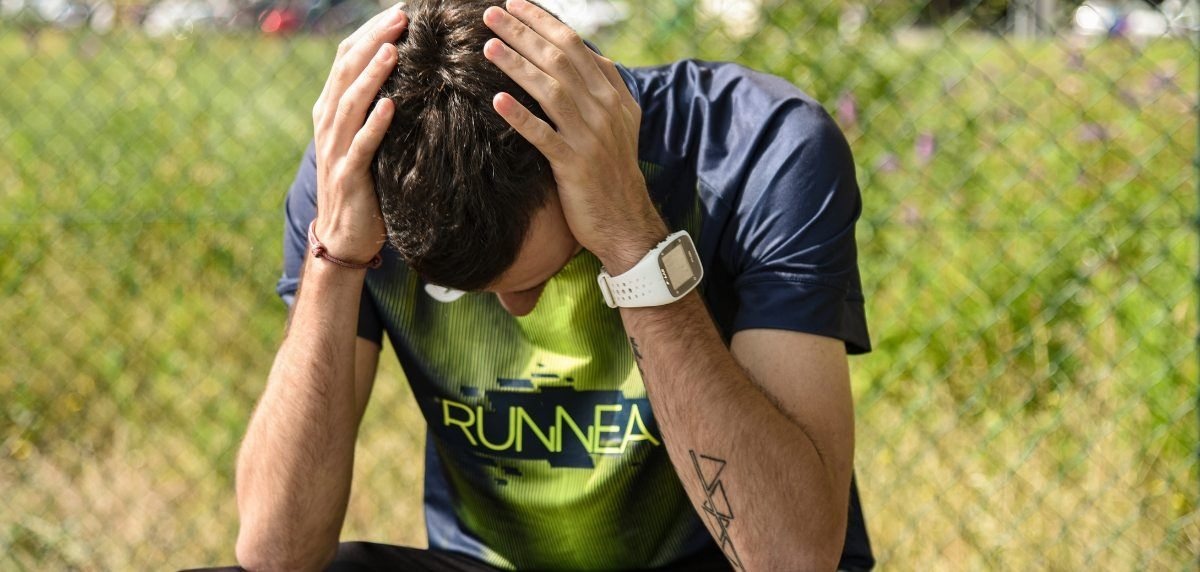
d. Sleep and appetite disturbances:
Changes in basic patterns of daily living are also indicative:
- Sleep problems: difficulty falling asleep or waking up frequently during the night.
- Appetite changes: Increased or decreased appetite that may affect the intake of nutrients needed for recovery.
3. Common injuries in popular runners and their prevention.
Running, although we know that it is a beneficial sport for our health if practiced in a controlled manner, also carries specific injury risks. Let's try to know these common injuries and how to prevent them:
a. Injuries due to physical overtraining
- Tendinitis and tendinopathies: The inflammation or degeneration of tendons. Most common are the Achilles tendon and tendons around the knee.
Prevention: Proper strengthening and stretching of the muscles involved, gradual increase in training intensity and volume. - Plantar fasciitis: Inflammation of the thick tissue on the sole of the foot.
Prevention: Use of proper footwear, foot strengthening exercises and specific stretching.
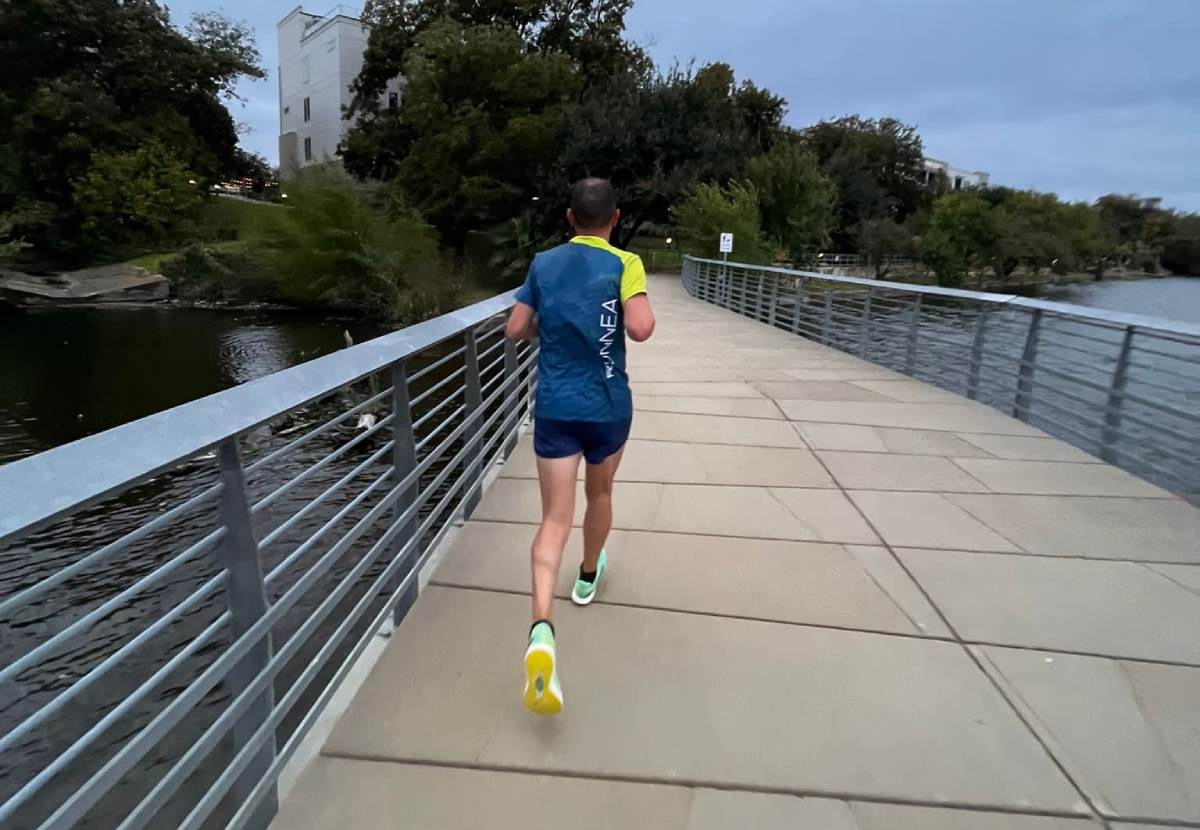
b. Impact injuries
- Stress fractures: Small bone fractures common in the legs and feet.
Prevention: Gradual increase in training load, ensuring adequate nutrition for bone health and alternating with low-impact activities. - Iiiotibial Tape Syndrome (ITB): Pain on the outside of the knee due to friction of the ITB on the knee bone.
Prevention: Strengthening exercises for the hips, stretching and foam rolling techniques.
c. Muscle injuries
- Muscle tears and strains: Common hamstring, quadriceps and calf injuries.
Prevention: Proper warm-up before running, post-race cool-down and muscle strengthening exercises.
d. Joint problems
- Patellofemoral pain syndrome: Pain around the kneecap, commonly known as "runner's knee."
Prevention: Quadriceps strengthening exercises, improved running technique and use of proper footwear.
e. General prevention
- Cross-training: Include low-impact activities such as swimming or cycling to reduce stress on joints and muscles.
- Running technique: Work with a coach to improve running technique and efficiency, reducing the risk of injury.
- Recovery and rest: Integrate rest days and active recovery to allow the body to repair and strengthen.
4. The Importance of a Balanced Training Plan
A balanced training plan is essential for any popular runner, whether you have just started running or have been running for some time. A well-structured plan helps improve performance, minimizes the risk of injury and ensures sustainable progression. But what makes a good training plan?
a. Initial assessment and personal goals
The foundation of a good training plan begins with an individual assessment:
- Physical assessment: understanding current fitness level, injury history and specific physical capabilities.
- Goal setting: Set clear and realistic goals, whether they relate to distance, time, weight loss or simply improving overall health.
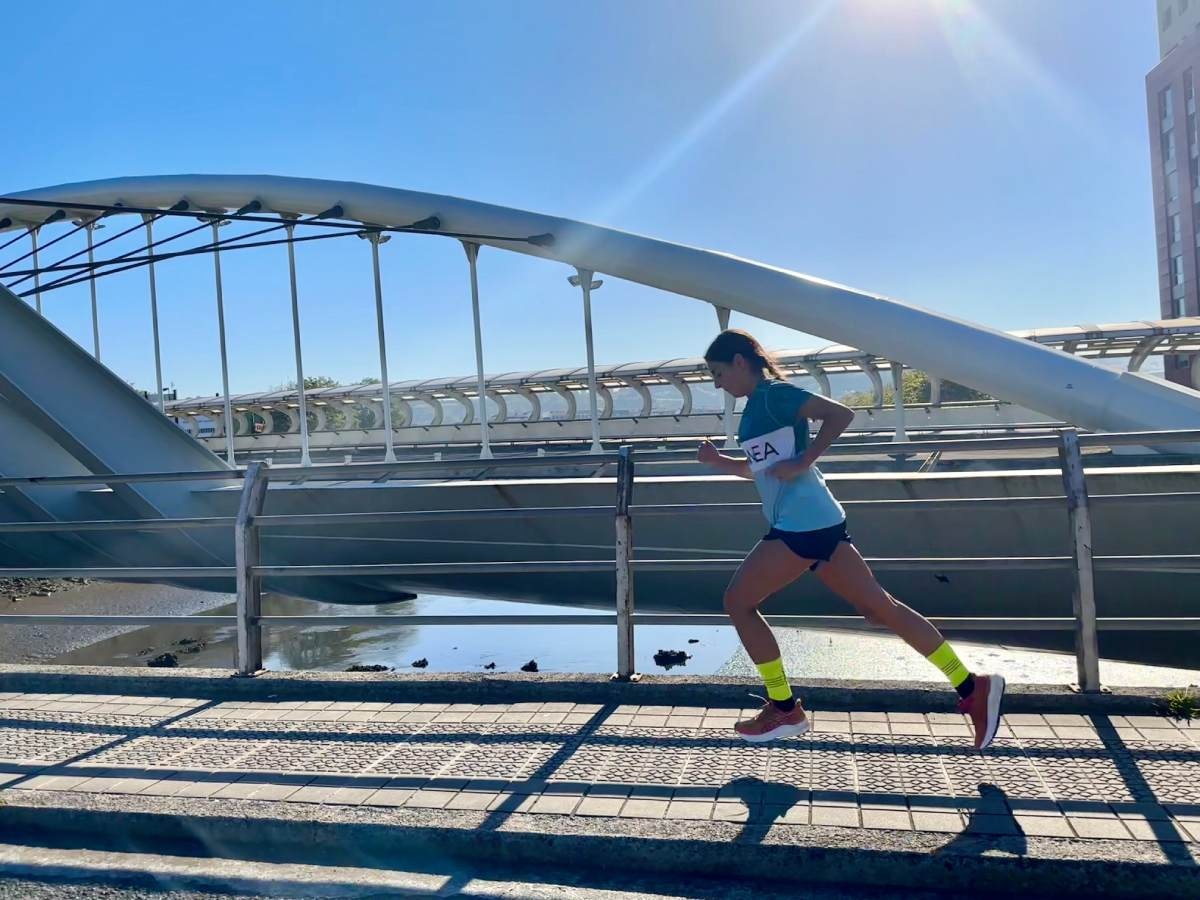
b. Variability in training:
Variability is key to effective training:
- Strength and flexibility training: include strength and flexibility exercises to improve musculature and prevent injury.
- Cross-training: Activities such as swimming, cycling or yoga can provide additional benefits and reduce stress on the joints and muscles common to running.
- Rest days: Scheduling rest or active recovery days is essential to allow the body to recover.
c. Progression and adaptability
A training plan should be progressive and adaptable:
- Gradual increase: Increasing distance or intensity gradually avoids overtaxing the body.
- Adaptability: Be willing to modify the plan based on how the body feels, progress made, and life circumstances.
d. Monitoring and feedback.
Regular review of progress is crucial:
- Workout Log: Keeping a detailed log of workouts helps to evaluate progress and make necessary adjustments.
- Listen to the body: Pay attention to the body's signals and adjust training accordingly.
e. Nutrition and hydration:
Nutrition and hydration play an important role in performance and recovery:
- Nutritional plan: a balanced diet that includes all essential macronutrients and micronutrients.
- Adequate hydration: Maintain an optimal level of hydration before, during and after training.
5. Treatment and management of injuries in popular runners
Proper treatment of injuries in the athlete is crucial for the fastest and most effective recovery possible. The key to managing these injuries is a multidisciplinary approach from initial care to complete rehabilitation.
a. Initial care:
The first steps taken after an injury are critical to its treatment:
- RICE method (Rest, Ice, Compression, Elevation): This technique is effective for acute injuries, especially in the first 48 hours.
- Medication for pain and inflammation: Nonsteroidal anti-inflammatory drugs (NSAIDs) can be useful to reduce pain and inflammation, but always under medical recommendation.
b. Professional evaluation and diagnosis:
Accurate diagnosis is vital for effective treatment:
Consultation with specialists: Visiting a physical therapist or sports physician is crucial to obtain an accurate diagnosis and a personalized treatment plan.
Diagnostic tests: In some cases, additional tests such as MRIs or X may be necessary to assess the severity of the injury.
c. Rehabilitation and physical therapy:
Physical therapy plays a crucial role in the recovery process:
- Rehabilitation exercises: These exercises are designed to gradually restore strength, mobility and flexibility.
- Complementary therapies: Techniques such as manual therapy, ultrasound or electrostimulation may be beneficial.
- Re-education of running technique: In some cases, adjusting running technique is necessary to prevent future injury.
d. Relapse prevention and restarting training:
Return to training should be gradual and carefully planned. Start with walking or light jogging and gradually increase the workload. Pay attention to any signs of pain or discomfort during the return process. Continue with strengthening exercises and stretching to prevent relapse.
e. Nutritional and lifestyle considerations:
Nutrition and other aspects of lifestyle such as rest or sleep also play an important role in recovery.
Read more news about: Sports Injuries
